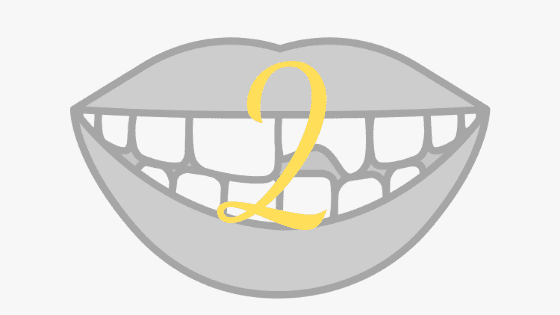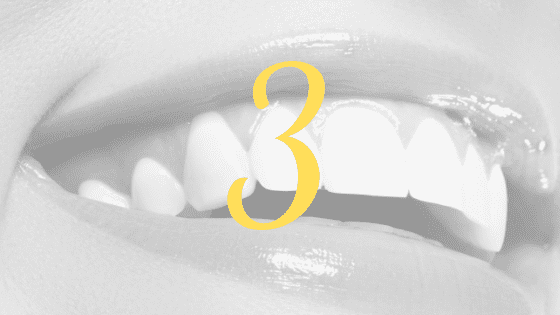The world of cosmetic dentistry allows us to obtain perfect, white smiles. However, some of these cosmetic dental procedures can be pricey or somewhat invasive. Many people yearn for a beautiful smile without the expense or complicated procedures. This is where dental bonding becomes the perfect cosmetic dental treatment.
Dental bonding, sometimes referred to as composite bonding, uses composite resin adhered to the tooth in order to improve its aesthetics. Dental bonding can effectively repair cracked and chipped teeth, cover up stains on discolored teeth, or close a gap between two teeth. For more information about dental bonding, see our dental bonding services page.
Beyond its basic definition, however, there are some interesting things about dental bonding that you may not know. Let’s take a deeper look into dental bonding.

Can Be Used for Veneers
Dental bonding can be used to fabricate composite veneers. Although porcelain is traditionally used for veneers, composite resin is another option that many people don’t realize. Composite resin veneers will cover the front surface of your tooth and will address the same concerns as veneers.

Can Be Customized
Dental bonding can be used to treat a variety of cosmetic concerns. Because of this, each treatment can be individually tailored to fit your specific cosmetic goals. Things like the size, shape, color, and thickness can all be customized when having dental bonding performed.

Doesn’t Require Anesthetics
The procedure for dental bonding is so easy that it does not even require the use of dental anesthetics. First, your teeth will be cleaned and a shade guide will be used to determine the color of the bonding material. Then the composite resin will be applied to the surface of your teeth and shaped accordingly before being hardened.

Can Be Reversed
Because dental bonding does not require the modification of your natural tooth structure for placement, the procedure is reversible. In fact, some people will use dental bonding to test out the appearance of veneers before committing to traditional veneers.

Is Highly Affordable
Dental bonding is one of the most affordable cosmetic dental treatments available. Part of this is because dental bonding can be completed entirely in our office without the need for a dental laboratory. Ultimately, the total cost of dental bonding will depend upon what you are having done.

Is Durable
Even though dental bonding is cheaper than other cosmetic dental options, it still is considered to be durable. If well taken care of, the effects of dental bonding can last several years. However, you will need to take care when eating hard foods and you should avoid biting down on hard objects.

There Are No Major Risks
Since dental bonding is only applied to the surface of your teeth without the need for enamel modification, there are no serious risks. Instead, the main downfall of dental bonding is that the bonding material may chip off if one is biting excessively hard food. Teeth grinding may also be a potential problem and can cause the bonding material to become damaged.
Overall, dental bonding is a highly versatile cosmetic dental treatment. The procedure for dental bonding is also faster, less invasive, and less complicated than other types of cosmetic dentistry. If you are looking for an easy and effective way to makeover your smile, dental bonding may be the perfect cosmetic dental treatment for you!

Dr. Sadati possesses extensive experience in all aspects of advanced restorative dentistry, with an emphasis in cosmetic and implant dentistry. He has attained Accredited Fellow status in the American Academy of Cosmetic Dentistry (AACD), the most rigorous, demanding credentialing process in the world. He is the only AACD Accredited Fellow in South Florida.


